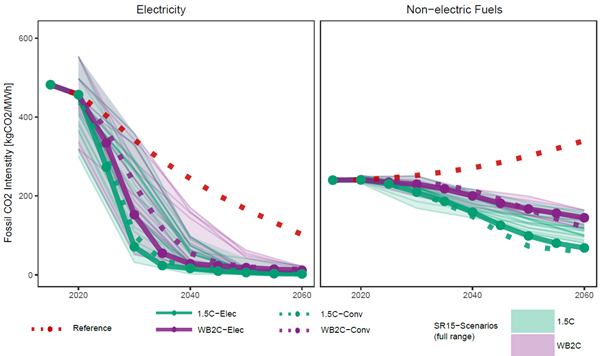
(1/8) A few thoughts on the current debate about the #EUTaxonomy on sustainable energy finance, especially the classification of #gaspower and #nuclear.
(2/8) #Nuclear power has a very peculiar risk profile. It certainly is climate-friendly, with small life-cycle CO2 emissions (like wind and PV). But its waste problem and nuclear accident risks are unique. Ultimately a value judgement whether or not these eco-risks are acceptable
(3/8) The true risk about #nuclear for climate change mitigation: Its track record of delays and cost overruns. New nuclear power makes for a very risky and costly bet for reaching climate targets. Just look at #Olkiluoto, #Flamanville, #HinkleyPoint. #FalsePromise?
(4/8) Too #costly: Electricity form new #nuclear is 2-5 times more expensive than wind or solar power. Plus, it is too inflexible and too capital-intensive to compete with gas / hydrogen as a mid-load or peak-load #backup in a power system dominated by variable renewable supply.
(5/8) Too #late: #NuclearPlants typically take >10years from initial planning to completion. However, Europe needs to achieve an at least 80% decarbonization of power supply already by 2030, so any new nuclear would come very late, if not too late.
(6/8) #FossilGas emits #CO2 and often also massive amounts of #methane during production and transport. That’s not #sustainable !
(7/8) #GasPower: Nonetheless, will need a lot of new gas power capacity with rather low yearly electricity output as a backup for times of low wind and solar power generation. But that doesn’t make fossil gas any more sustainable.
(8/8) The #EUTaxonomy is right in insisting on a rapid transition from #gas to #hydrogen as a fuel for backup power generation. Developing a suitable #hydrogen production and transport infrastructure is a huge task in its own.
• • •
Missing some Tweet in this thread? You can try to
force a refresh







